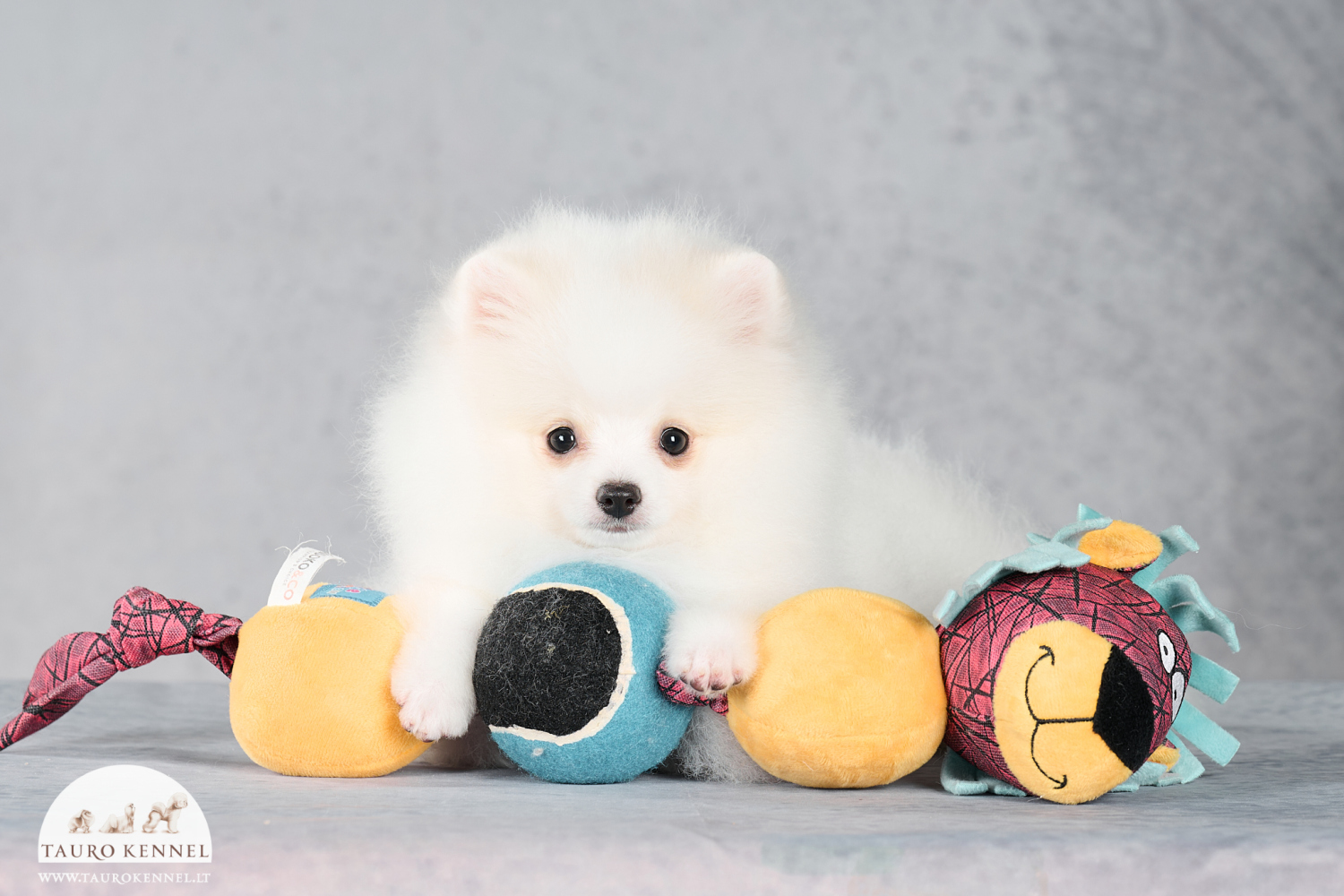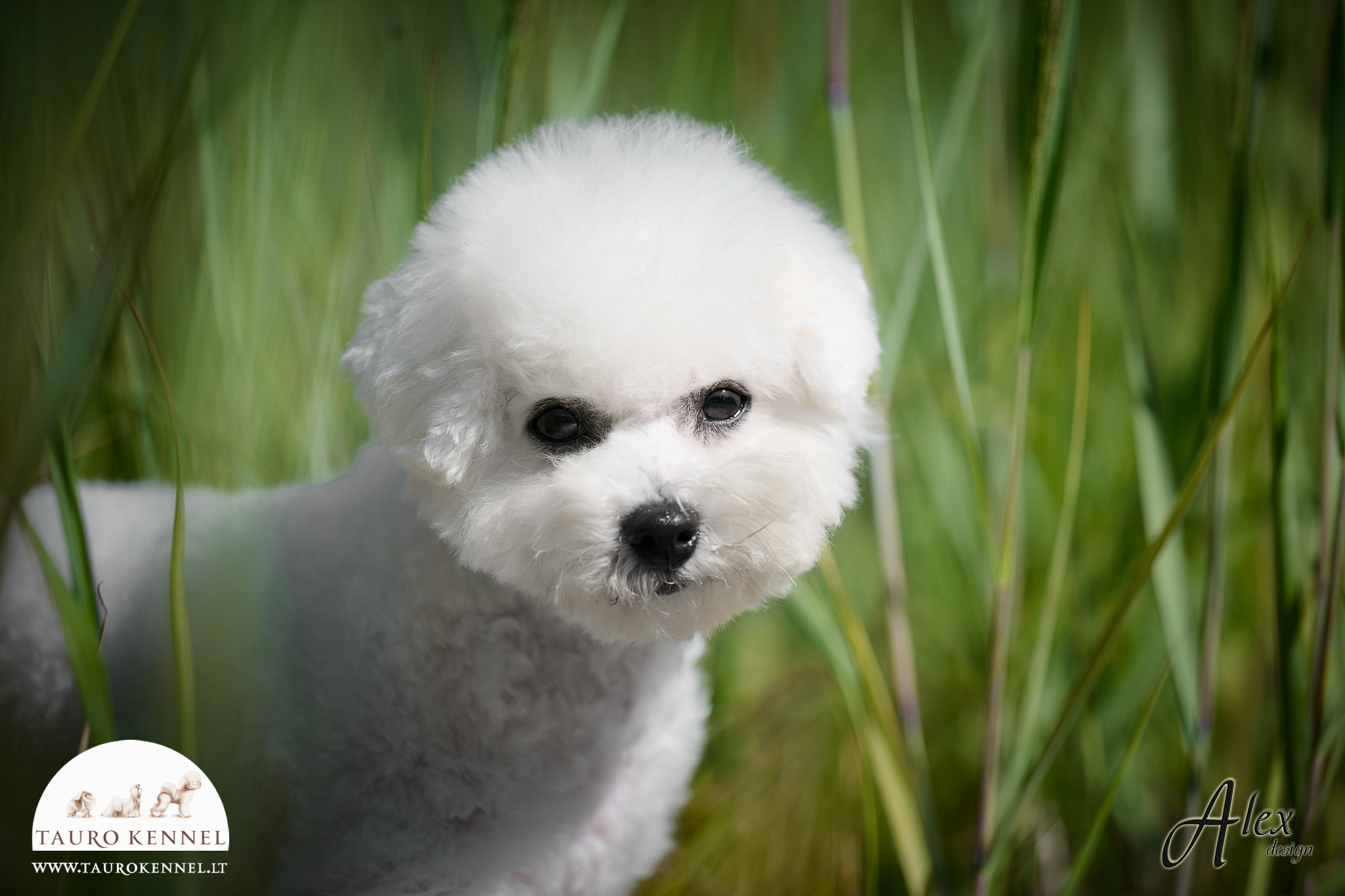
Although dogs don’t speak our language, they are constantly communicating – through body language, eye contact, behavior, and even silence. Puppies, who are just beginning to explore the world, often experience a wide range of emotions: from joy to anxiety. Learning to recognize and understand these emotions is the key to building a deeper bond and a more harmonious life together.
💡 Do Dogs Really Have Emotions?
Yes! Scientists have long proven that dogs have an emotional center in their brains similar to humans. They feel joy, fear, sadness, jealousy, stress, and even empathy. But unlike us, they express emotions differently, which means we need to learn to “read” their language.
📖 How to Recognize a Puppy’s Emotions
🐾 1. Joy
Loose, wiggly body movements, wide tail wagging
Ears are relaxed, tongue may be slightly out
Wants to interact, brings toys, invites to play
🐾 2. Fear or Stress
Tail is tucked or lowered
Ears pinned back, wide eyes showing the whites (whale eyes)
May tremble, hide, lick lips, or yawn (a common stress signal)
🐾 3. Sadness or Loneliness
Avoids eye contact, lies down with no interest
Less responsive to calls or interaction
May lose appetite, ignore toys or activities
🐾 4. Separation Anxiety
Barks or howls when left alone
Chews on objects or doors
Has “accidents” indoors even if previously house-trained
🐾 5. Jealousy
Pushes between the owner and another person or dog
May nudge with the nose or gently “bump” with the head
Intense, observant gaze toward the attention receiver
🧠 How to Respond to Emotions
Observe when the emotion appears. For example, does fear arise from loud sounds or unfamiliar people?
Respond calmly. If your dog is scared, don’t over-comfort, as it can reinforce the fear. Just be there with quiet support.
Never punish emotional behavior. For example, destructive behavior from anxiety needs support, not punishment.
Encourage positive bonding. Frequent play, rewards, and a consistent routine help your puppy feel secure.
🤝 Emotional Bonding: Just as Important as Physical Care
Many behavioral problems in puppies come not from disobedience, but from misunderstood emotions. When the owner starts to see not just the action but the emotion behind it, the relationship becomes stronger and more trusting.
Your puppy is not just a pet – they’re an emotional companion, always watching, learning, adapting… and often feeling more than we notice.




